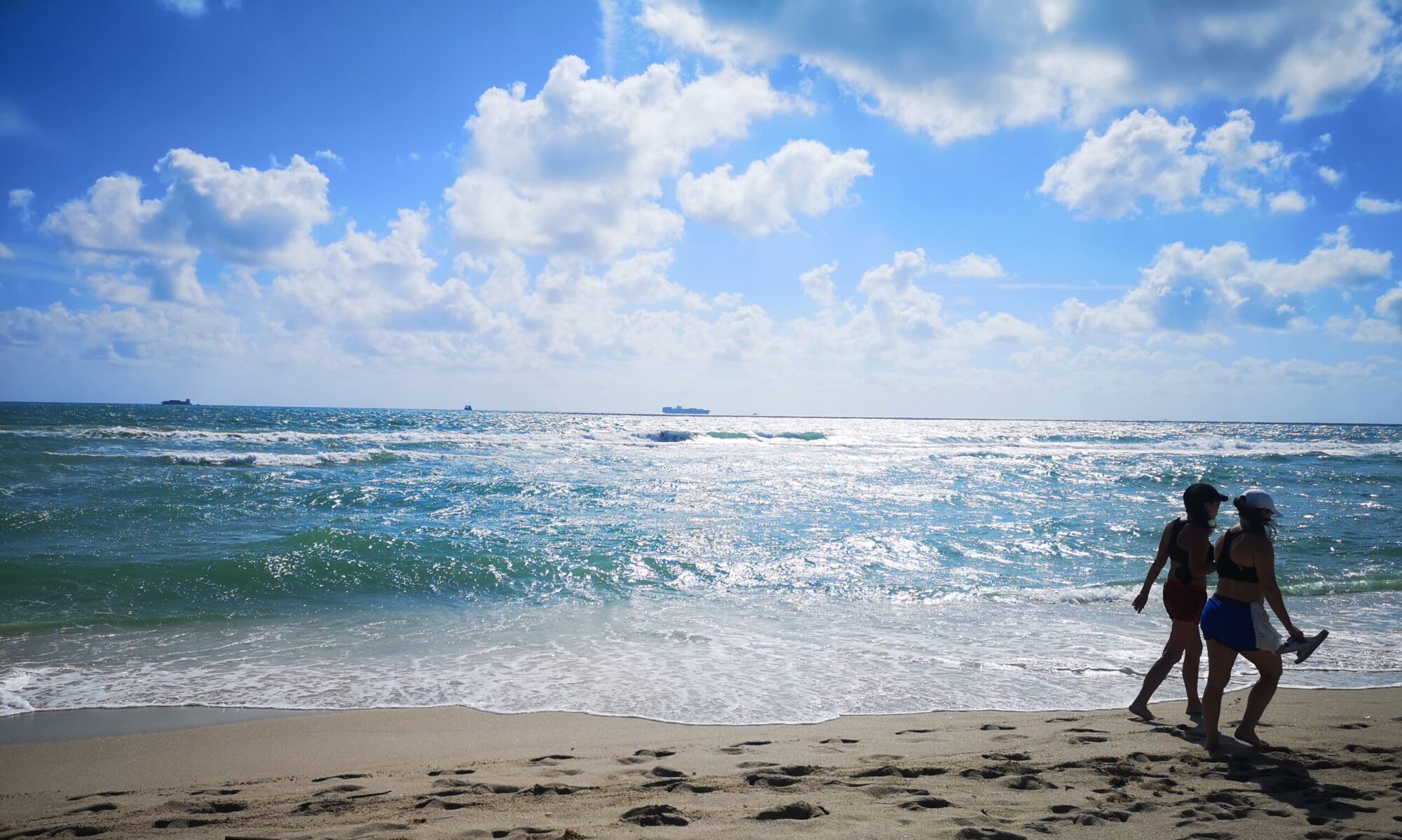I am reading this book now and because of it, I went on a guided tour at the Fort Canning Battlebox and also had an amazing conversation with my paternal grandmother.

The author chronicled the extensive details of WWII, including the atrocities that the Japanese soldiers inflicted on Manila’s civilian population. I could almost feel what the civilians felt just by reading what the author wrote and think to myself the kind of post-trauma that the survivors of WWII had to deal with. It takes great strength and will to continue living after witnessing your loved ones being brutally murdered.
My paternal grandmother (fondly known as ‘ah ma’) was born in `1927. She was a 15-year-old teenager when Singapore was ruled under the empire of Japan. I was curious to know if the civilians in Singapore suffered the same brutalities as the civilians from the ‘Pearl of the Orient’. So I urged her to tell me stories that detail exactly what she saw and how she and her family escape death during the Japanese occupation.
It is uncanny, but when my áh ma’ told me those stories, it felt as if WWII only happened yesterday. She shared these stories with such strong emotions and at some point, I thought I saw her eyes welled up.
These conversations with my ah ma were all conversed in Cantonese. I had three recorded audios of my conversations with her, and I have uploaded one for your listening pleasure.
Ah ma later shared that her father-in-law had a car workshop, repairing and maintaining cars for the Japanese. He was paid a lot of money and Ah ma remembered seeing bags and bags of this Japanese invasion money, stored away in a room. She giggled as she admitted to stealing a few stacks of notes for her father.
One day, a Malayan soldier sneaked into Ah ma’s house. He was escaping from the hands of the Japanese soldiers. Ah ma’s father (my great grandfather) took pity on him and changed him out of his uniform into some ragged clothes so that he would look less suspicious. Without any delay, my great grandfather burnt the Malayan soldier’s uniform and pistol. If they were caught holding these (including the Malayan soldier) in possession, Ah ma and her whole family would have been executed. Henceforth, this Malayan soldier regarded my great grandfather as a benefactor and continued sending money to him as a token of gratefulness for saving his life.
Ah ma and her siblings refrained from stepping out of the house unnecessarily lest they be hurt or rape by the enemies. Time stood still during those 44 months of perilous living and not knowing which day on earth would be their last.
I remembered years ago, whenever my family (including Ah ma) and I watched a tear-jerker movie, we would cry, but only my Ah ma remained emotionless, and my mum would always say that her heart is made of stone. For someone who has lived through a world war and saw the worst of humankind, who could blame her for being the tough woman she is today? Perhaps the culmination of all the torture she witnessed and the hardships that she has endured has taught her that there are no obstacles too big to overcome.
And that is my Ah ma at age 94; still as strong-willed; still as feisty.
